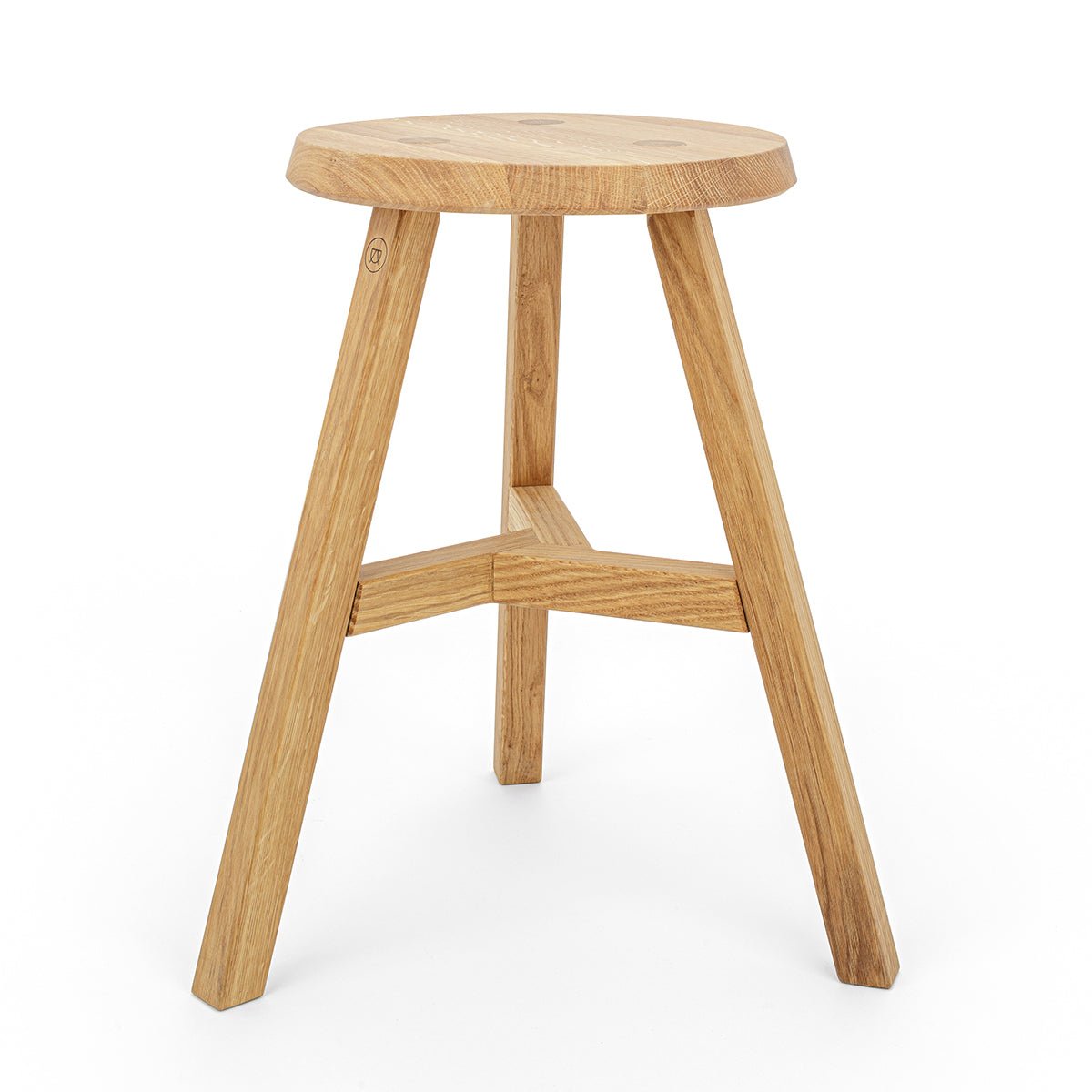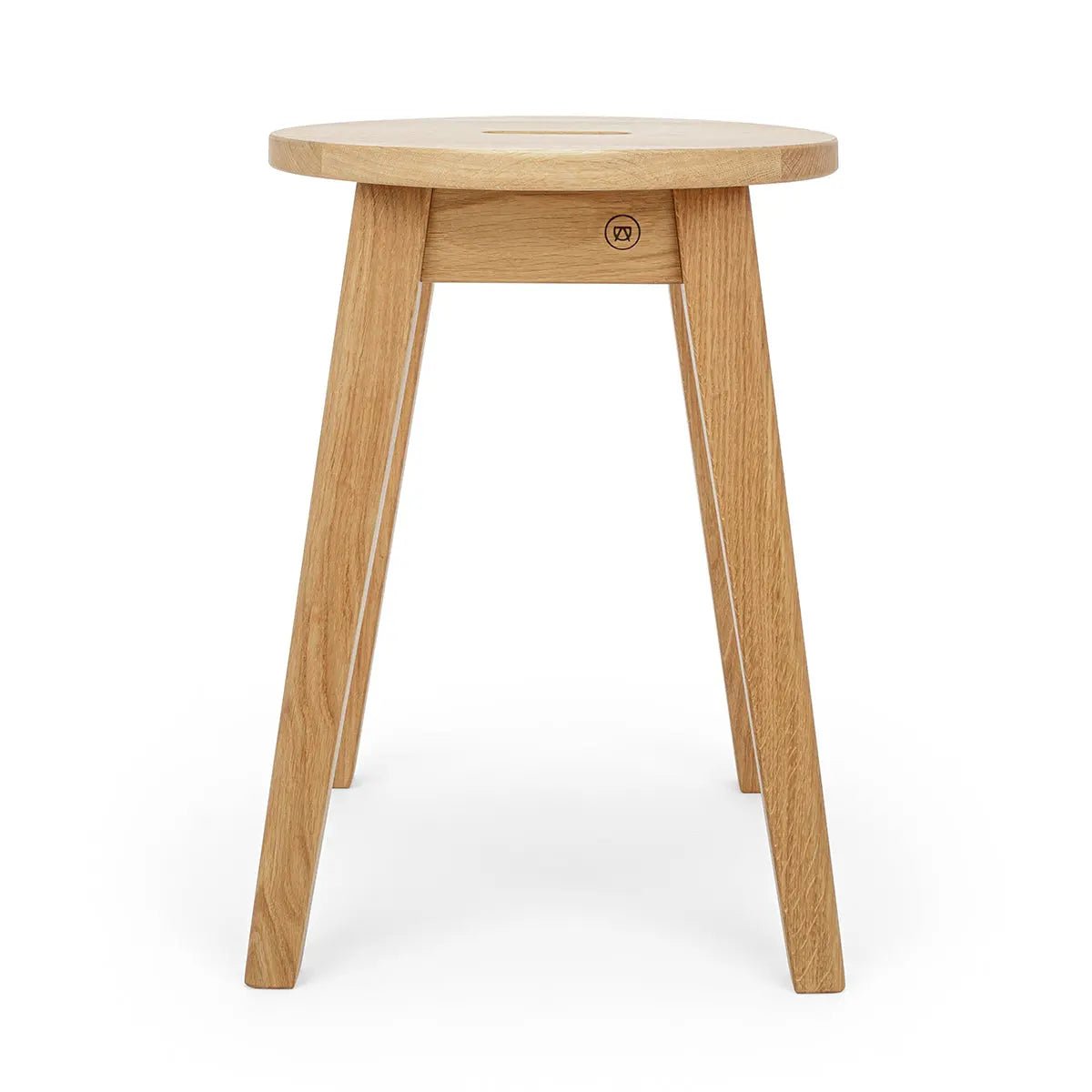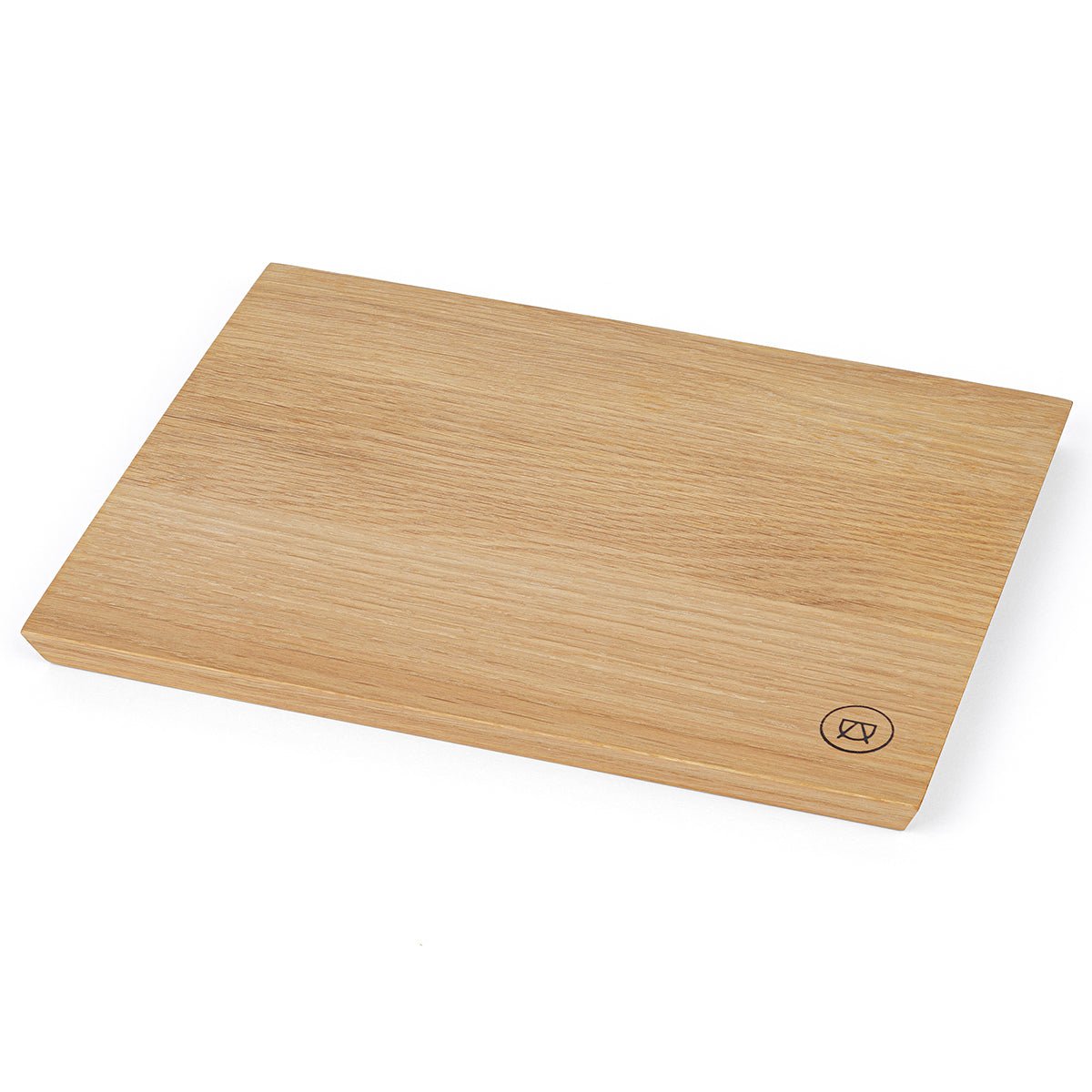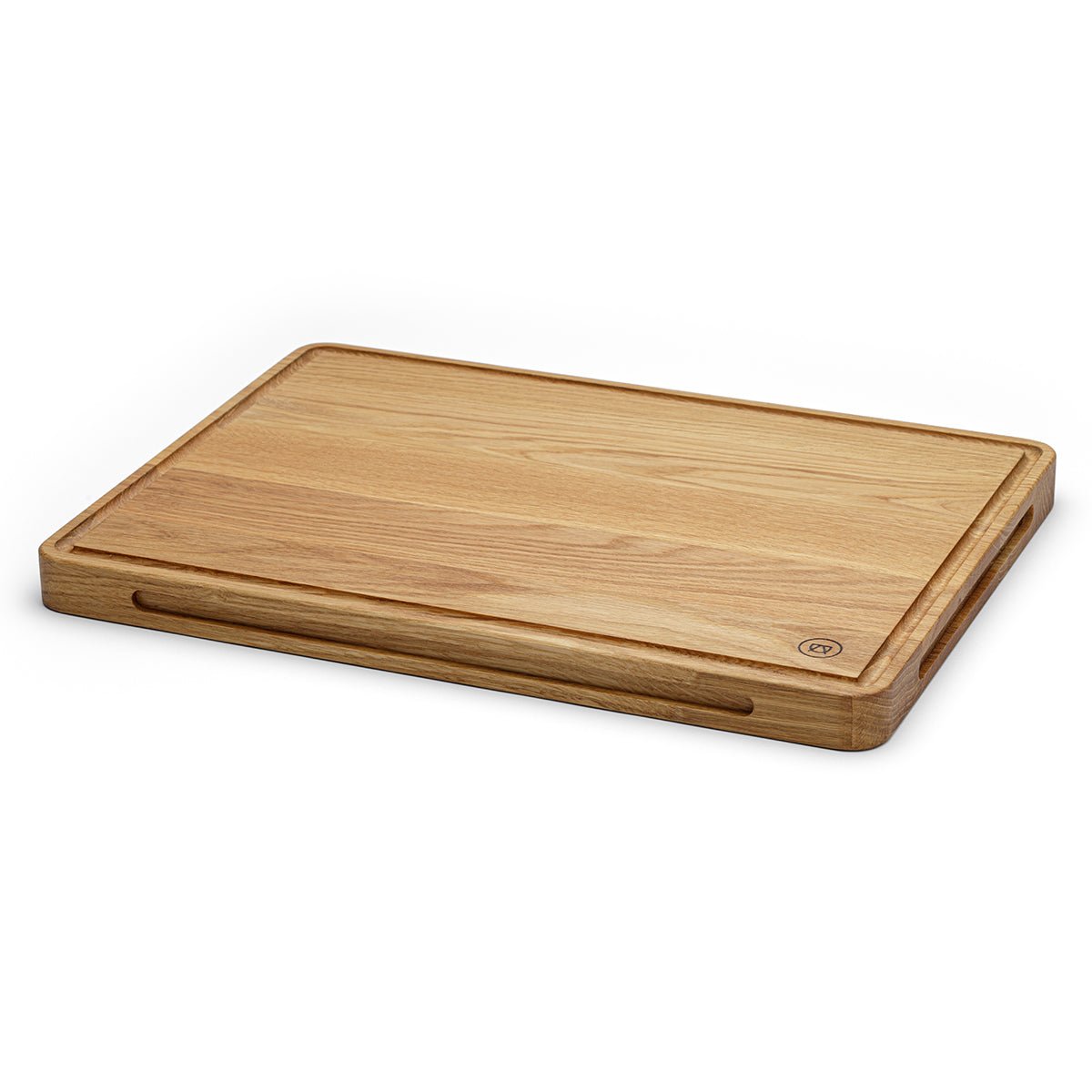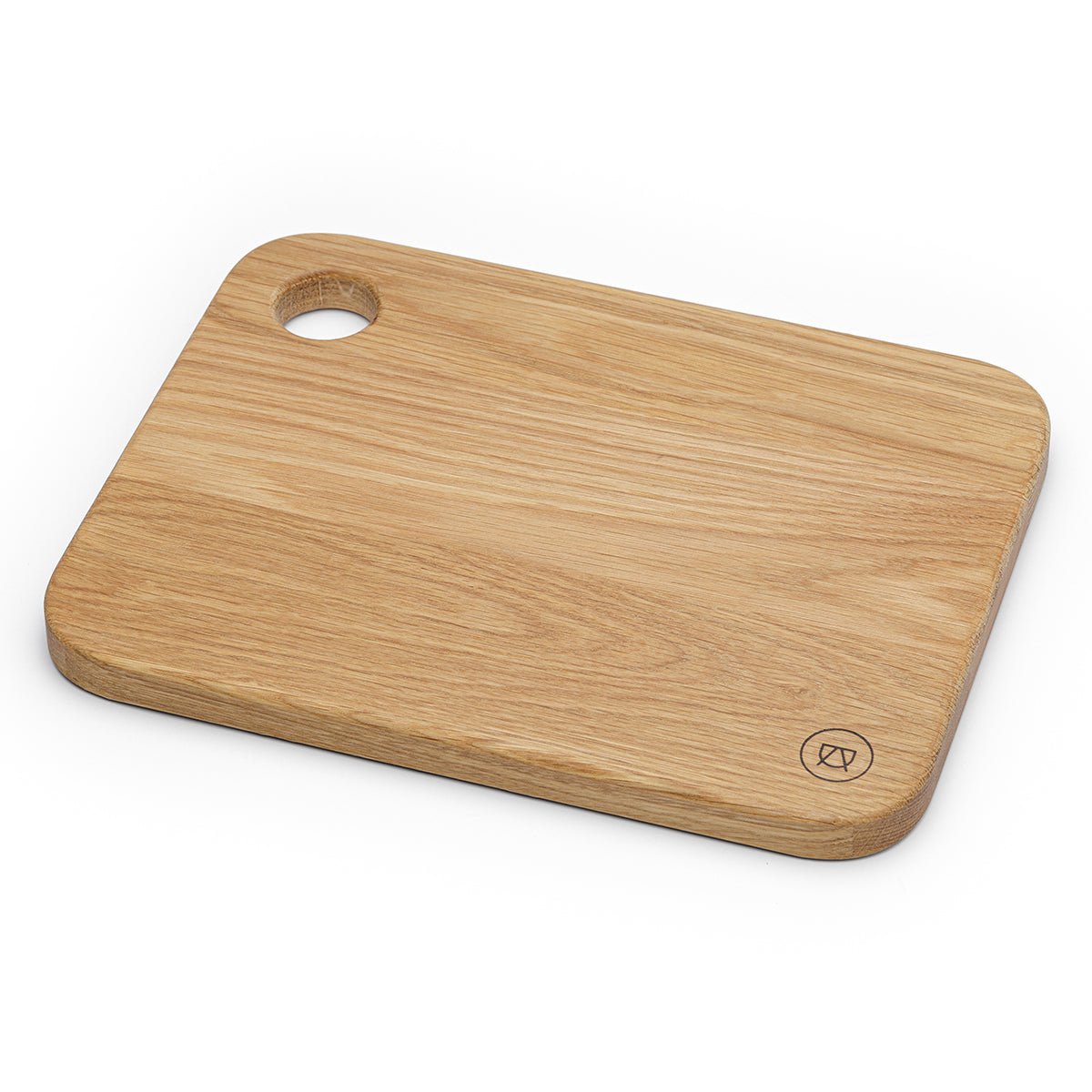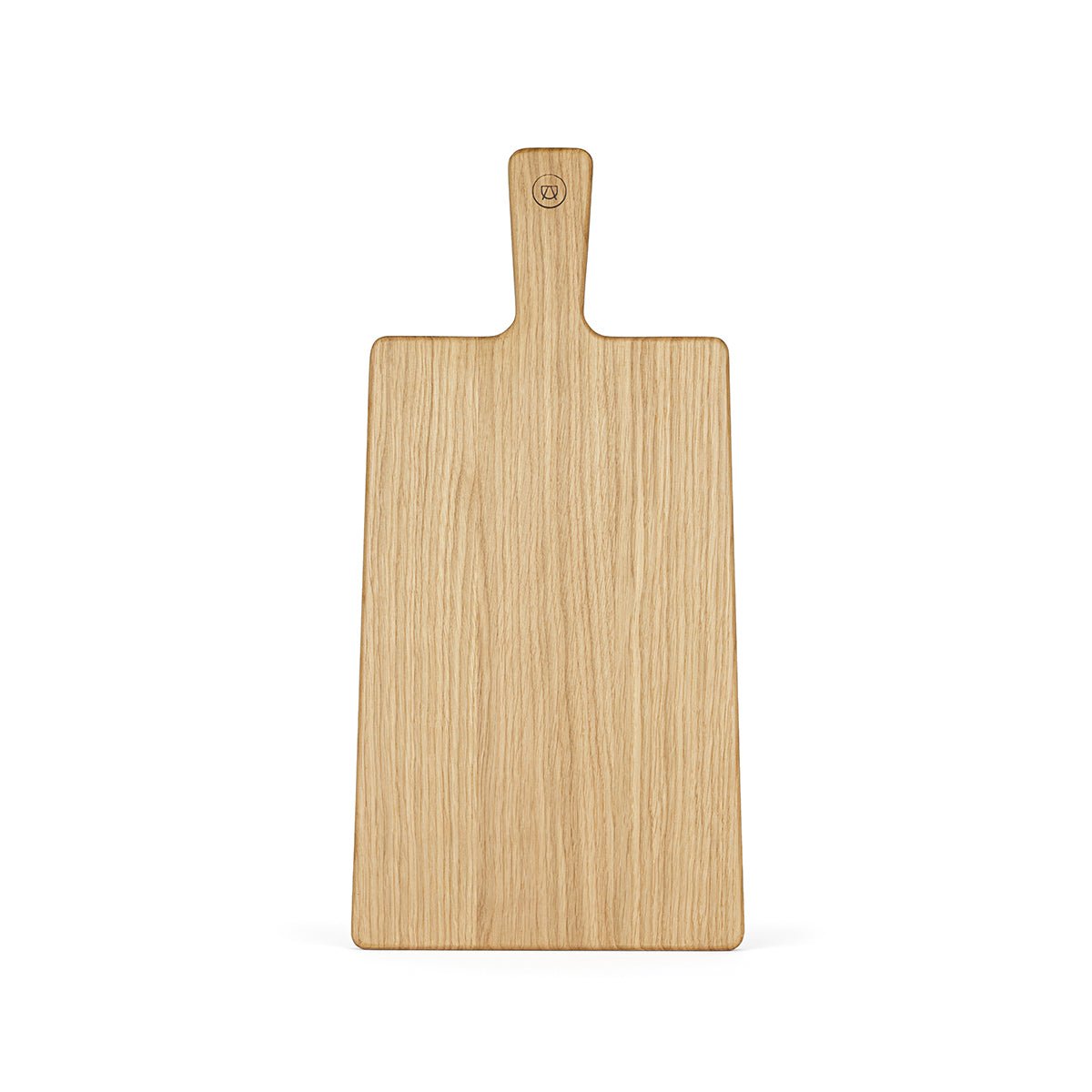- Startseite
- Blogs
- Dictionary
- Maple wood
Maple wood
Maple is a real survivor: The deciduous tree lives up to 500 years and grows in many regions of the world - sometimes at altitudes of 1,700 meters. There are around 150 different maple species worldwide, of which around thirteen grow in Europe. The sycamore maple, Norway maple and field maple are particularly well known in Germany.
Maple is a hardwood that is relatively light and has a fine structure. It can also be done with relatively little shrinkage processed, which is why it is quite popular in crafts.
Maple wood grain and color
When it comes to choosing wood for furniture, one question is particularly important: What does maple actually look like? It is a very light wood, the color of which often tends almost to white.
Sycamore maple is particularly in demand for furniture construction: the wood impresses with its liveliness Wood grain , which it owes to the scattered pores. The filigree wood rays are broadly branched, and the annual rings also have a predominantly fine grain. Overall, the wood appearance of the maple is very subtle. However, it is good to know that maple wood develops a gray patina over time if it is left for a long time UV radiation is exposed.
The trunk wood can occasionally also have a gray tone. Sometimes the wood is then bleached in the workshop to give it its characteristic light tone.
Because the wood is so light, you have to be particularly careful and careful when processing it: Butt joints, for example, are particularly noticeable in light wood and do not get lost in the shades of the grain.
Use of maple wood
Maple wood is known to be very popular in furniture construction: oiled maple furniture is robust and timeless. However, you have to be aware that you can see every speck of dust on the bright surface. The wood is slightly darker Care and cleaning of the wood less demanding.
If you still want a light wooden surface, you can achieve this with an appropriate surface treatment: depending on which oil Oak wood is inserted, it changes its color and color intensity. In this way, an originally darker wood can impress with light elegance and offer an alternative to maple wood.
Maple enjoys an excellent reputation among instrument makers: violins and acoustic guitars, but also electric guitars and electric basses made of solid maple are expensive because the wood produces a long lasting sound.
Maple is also used for the floor area: with its light color, maple parquet brings more light into shady rooms. Because of its hardness, the wood is also suitable for building stairs.
But be careful: the wood is not suitable for outdoor use because of its susceptibility to fungal attack.
HÄUFIG GESTELLTE FRAGEN
- What color is maple?
The color of maple is very light, sometimes the wood appears almost white. The trunk wood of the maple can also have a gray tone or a grayish white color. The wood from Norway maple often has a light red tint. When exposed to UV radiation for a long period of time, untreated maple wood takes on a yellowish color.
- Is maple hard?
The European maple is one of the medium-hard types of wood, whereas the Canadian maple has a harder wood and is one of the hardwoods. The hardness of wood is indicated by a key figure – the so-called Brinell hardness (N/mm2). The average Brinell hardness of maple is given as 27, in comparison oak is significantly harder with a Brinell hardness of 34.
- How much does maple wood cost?
The cost of maple wood varies depending on the type of maple and ranges up to the upper price segment. You can expect to pay just under 1000 euros per 1 m3 for European maple wood. Canadian maple wood costs significantly more at 1500 euros per 1 m3. The most expensive is the bird's eye maple, which is in the high price range at over 5000 euros / m3.
WEITERE ARTIKEL
Service
Seek
Contact
Terms of Service
Dictionary
Types of wood
Housing guide
Imprint
data protection
Right of withdrawal
Delivery Terms
Conditions
About Us
Press
Our Philosophy
Store in Munich
Einzelhandel
Dropshipping
OEM
Affiliates
Marketingkooperationen
Contact us
About Us
Craftsmanship and design combine in our factory. Our wooden products, from furniture to accessories, stand for quality and tradition. Customers receive aesthetically pleasing pieces that promise durability and value. Every product is a testament to our dedication.

